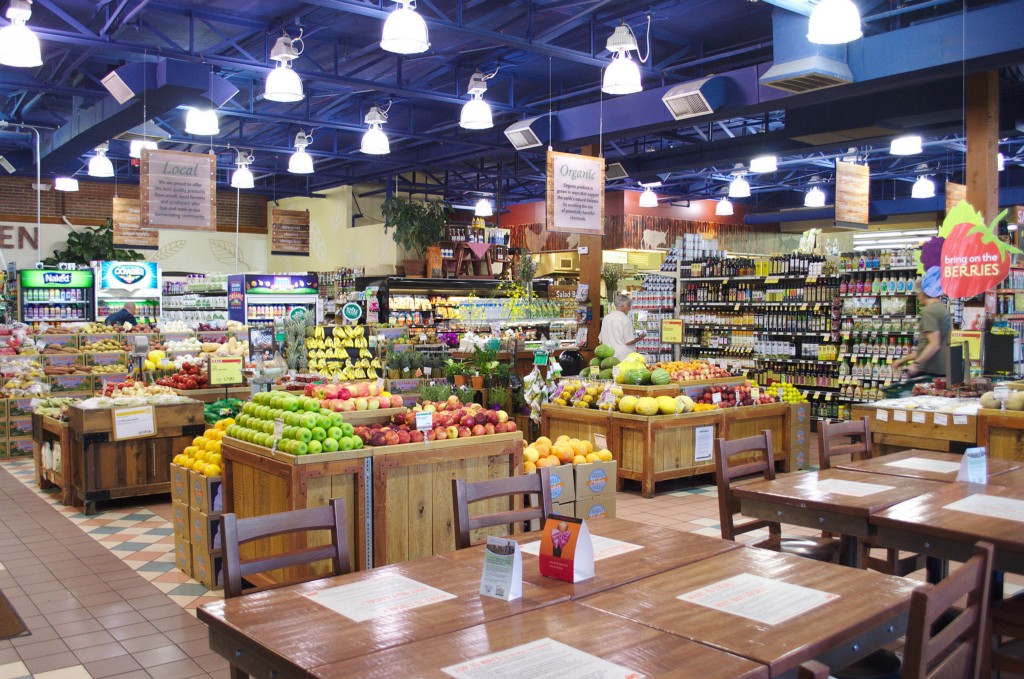A History of Future Foodstuffs

It turns out that people don’t like to pay for things, even if those things require another human to drive to a cavernous temple to the global supply chain, quickly dash through lanes upon lanes of infinitely varied merchandise like a rodent to collect dozens of extremely specific items (“no, not Perrier, LaCroix!”) and then drive all of those items over to someone’s house — and even if those people are told that they should be happy to pay so little for such a service, which frees them from the bondage of… shopping for their own groceries. So Instacart has found a new way to get paid:
The grocery delivery startup is working with General Mills Inc., Nestlé SA, PepsiCo Inc., Unilever NV, and other consumer goods makers to cover the cost of delivery or provide other discounts when customers buy their products. In addition to the coupons, the companies pay Instacart to advertise on its website. Since introducing the program about six months ago, it now accounts for 15 percent of Instacart’s revenue, said Apoorva Mehta, the company’s chief executive officer.
Shoppers can find discounts when filling up their carts with brands such as Degree, Doritos, DiGiorno, Häagen-Dazs, Quaker Oats, and Stella Artois. Instacart ads promise free delivery if you spend $10 on Red Bull, or consumers can get 75 cents off any Dove soap. Mehta compares the ads to those offered on the side of Google search results. “It’s like AdWords for groceries,” he said.
And this is how, future food historians will one day note, after the failed uprising demanding foodstuff neutrality — so that no PepsiCo-owned potato chip brand could be favored over a Kettle brand chip in the transmission from store shelves to pantries — what was left of the middle class was prepared for a life where all food was Soylent, because after years of drinking nothing but Red Bull and eating DiGiorno for every meal, they weren’t just ready, they were willing.
Photo by Tyler Cipriani
